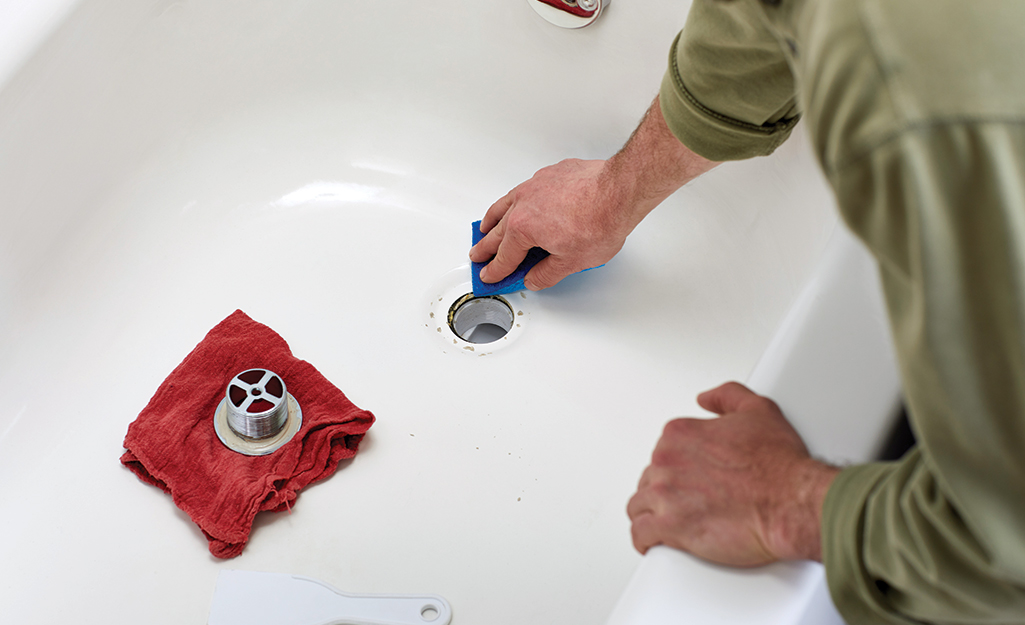Introduction: Understanding the Issue
Bathtub drains are prone to clogging due to the accumulation of hair, soap scum, and other debris. A clogged drain not only causes inconvenience but can also lead to foul odors and even plumbing issues if left unaddressed. In this guide, we’ll explore various methods for effectively clearing bathtub drains and restoring proper drainage.
Identifying the Problem: Signs of a Clogged Drain
Before delving into the solutions, it’s crucial to recognize the signs of a clogged bathtub drain. These include slow drainage, water pooling around your feet during showers, and unpleasant odors emanating from the drain. By identifying these indicators early on, you can address the issue promptly and prevent further complications.
Method 1: Manual Removal of Debris
One of the simplest methods for clearing a clogged bathtub drain is manual removal of debris. To begin, unscrew the drain cover using a screwdriver and carefully lift it off. Use a pair of gloves to reach into the drain and pull out any visible hair or gunk. A pair of long-nose pliers may be helpful for grasping hard-to-reach debris. Once you’ve removed as much debris as possible, flush the drain with hot water to clear any remaining residue.

Method 2: Baking Soda and Vinegar Solution
Baking soda and vinegar offer a natural and effective solution for clearing minor clogs in bathtub drains. Start by pouring a pot of boiling water down the drain to loosen any greasy residue. Next, sprinkle a generous amount of baking soda into the drain, followed by an equal portion of vinegar. Allow the mixture to fizz and bubble for about 10 minutes, then flush the drain with hot water. This chemical reaction helps break down organic matter and dissolve stubborn clogs.
Method 3: Plunging
A plunger is a handy tool for dislodging stubborn clogs in bathtub drains. Begin by covering the overflow opening with a damp cloth to create a seal. Fill the tub with enough water to cover the bottom of the plunger, then place the plunger over the drain and firmly press down. Pump the plunger up and down vigorously for several seconds to create suction and dislodge the clog. Repeat this process several times if necessary, then flush the drain with hot water to remove any remaining debris.
Method 4: Using a Drain Snake
For more severe clogs that cannot be cleared with manual methods or plunging, a drain snake, also known as a plumber’s auger, can be highly effective. Insert the snake into the drain until you feel resistance, then rotate the handle clockwise to break up the clog. Continue feeding the snake into the drain while rotating until the obstruction is fully cleared. Withdraw the snake carefully, as it may be coated with debris, and flush the drain with hot water to ensure thorough cleaning.
Preventive Measures: Avoiding Future Clogs
Once you’ve successfully cleared your bathtub drain, it’s essential to take preventive measures to avoid future clogs. Install a drain cover or hair catcher to trap hair and debris before they enter the drain. Additionally, avoid pouring grease, oil, or large food particles down the drain, as these can contribute to clogs over time. Regularly flushing the drain with hot water and vinegar can also help prevent buildup and maintain optimal drainage.
Conclusion: Enjoying Unobstructed Drains
A clogged bathtub drain can disrupt your daily routine and lead to unnecessary frustration. By employing the methods outlined in this guide, you can effectively clear clogs and restore proper drainage to your bathtub. Whether you opt for manual removal, chemical solutions, or mechanical tools, taking proactive steps to address clogs can help ensure smooth and uninterrupted flow for years to come. Say goodbye to sluggish drains and hello to refreshing showers – it’s time to enjoy unobstructed drains once again.
